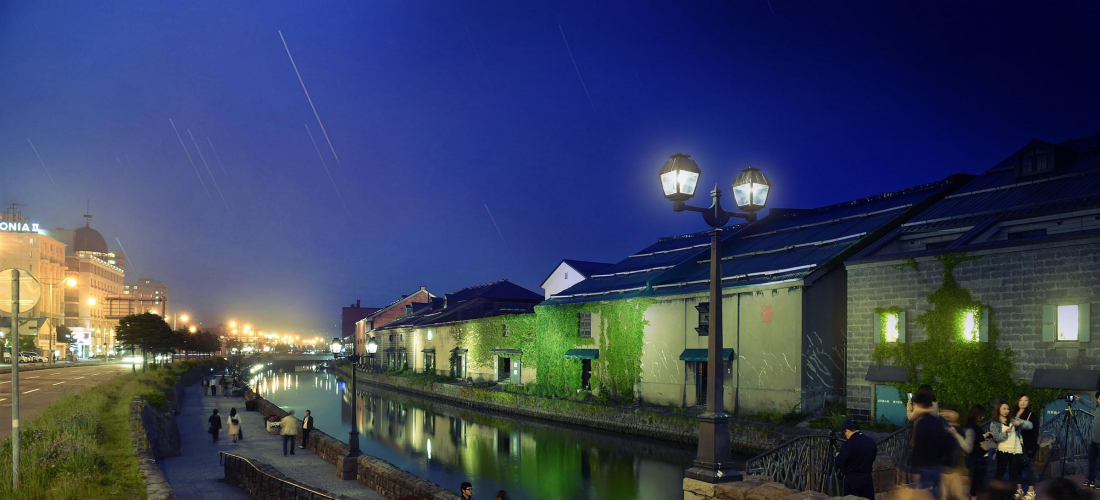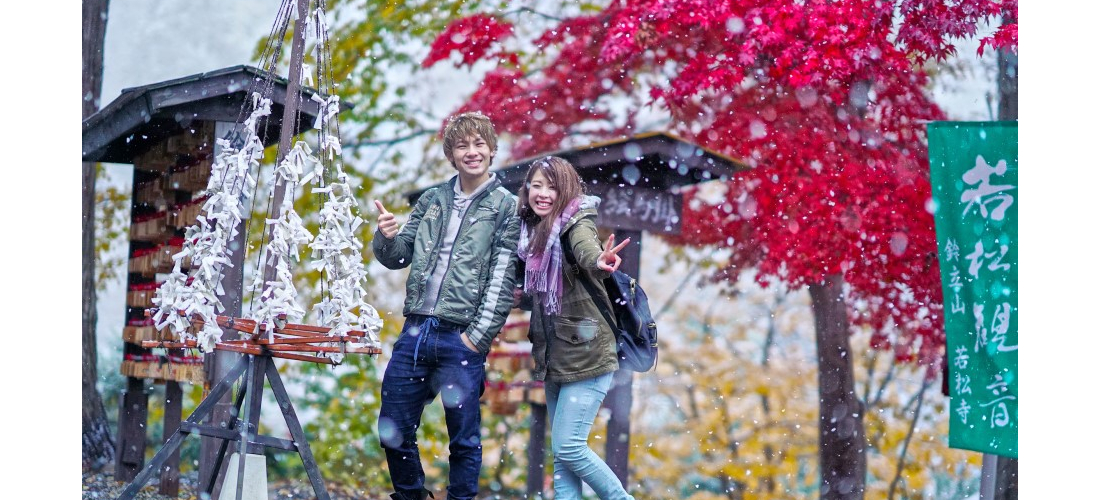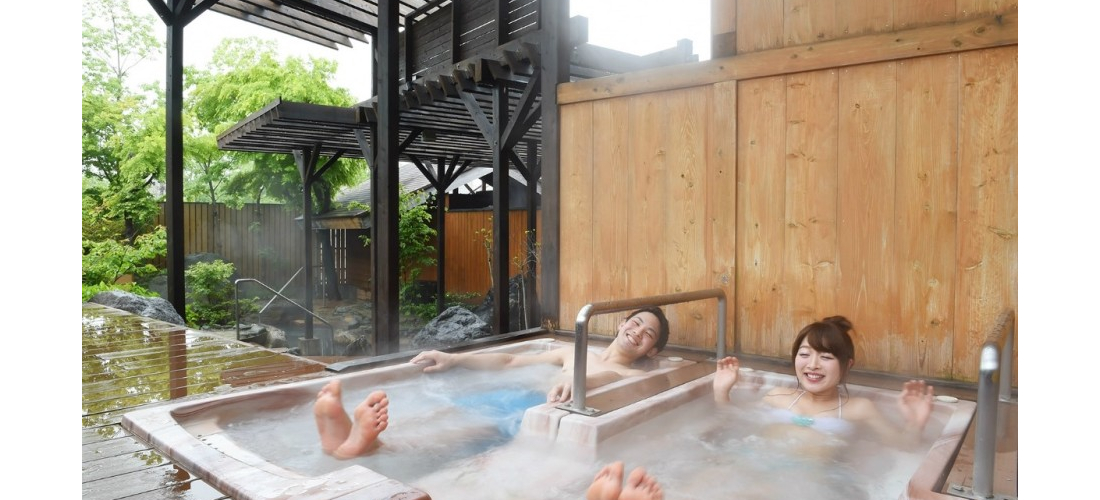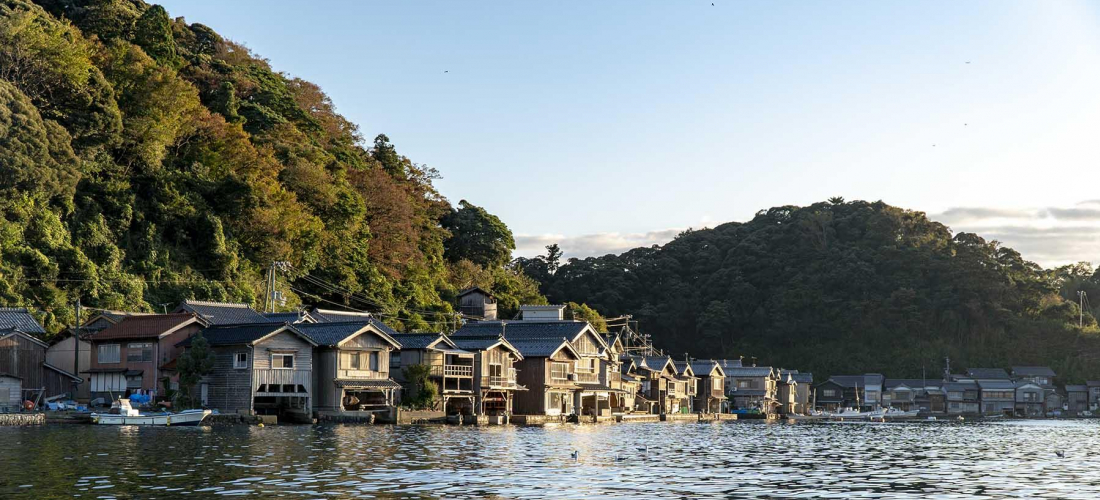CONTENTS
Take a dip in one of Japan’s winter baths for a luxurious experience like none other.
Shared baths and onsen town vacations aren't just a novelty in Japan – they're a part of life – and while there's nothing wrong with a local neighborhood sento, there's nothing quite like the refreshing feeling of one of Japan's many outdoor baths. Called "rotenburo" (露天風呂), these luxurious baths are open to the elements, letting a cool breeze flow by as bathers soak in the hot waters of Japan's natural hot springs. Of course, many popular rotenburo baths are popular because of the beautiful natural scenery surrounding the steaming water. In Japan, watching the seasons change is an important part of making the most of every year.
The ultimate version of this experience is "yukimiburo" (雪見風呂), a "snow-watching bath," a specialty of Japan's coldest regions. When the snow starts to fall each year, visitors flock to rotenburo with great winter views in order to gaze out at the sparkling white snow while cozying up in the hot bathwater. It's a unique experience worth checking out for any traveler spending time in Japan during the winter, so here are just a few of the amazing baths where you can enjoy yukimiburo culture!
① Ashinomaki Onsen, Fukushima (福島 芦ノ牧温泉)
Up in Japan's northern region of Tohoku, it's no surprise that Ashinomaki Onsen is covered in snow each winter when the weather starts to cool. But all that snow does nothing to stop the scalding hot spring water that comes gushing out of the ground at a rate of 1,000 liters a minute on the outskirts of the castle town Aizu-Wakamatsu. Locals say these hot springs have been in use for over a thousand years, but since the village was once quite difficult to reach, Ashinomaki earned the title of the "phantom hot spring village." These days it's much more convenient, and the Japankuru team found the perfect ryokan (traditional Japanese hotel) to enjoy the Ashinomaki Onsen waters while admiring the snow when we visited Okawaso, which sits on the riverbank of the Aga River. This onsen ryokan gets its hot spring water right from the source, and directs it into a variety of indoor and outdoor baths, the most popular of which is their outdoor tub arranged like a terraced rice field, which looks out over the snow-covered river valley.
In recent years, this popular high-end ryokan has found a different kind of fame on the internet thanks to the astute observation of one Twitter user with a particular love for the massively successful anime Demon Slayer: Kimetsu no Yaiba. After visiting Okawaso to enjoy the onsen facilities, they noticed that the ryokan's lobby reminded them an awful lot of one particular anime setting. The "floating stage" (浮き舞台) at the center of the ryokan juts out into the high-ceiling room amid a collection of traditional shoji paper doors, staircases, and wooden beams, and it is often used as a stage for traditional Japanese musicians. Altogether, the effect does look a little like the confusing arrangement of Japanese architecture found in Muzan Kibutsuji's Infinity Castle (異空間無限城) during the anime's first season, and it almost seems like the right set of notes from a traditional Japanese instrument might set the whole ryokan spinning!
Those visiting Ashinomaki Onsen shouldn't miss the chance to say hello to the unusually adorable Ashinomaki Onsen Station stationmaster, too! Ever since a stray cat named (ironically) Bus took over the job in 2008, the position has been held by a feline – currently a kitty named Love.
Ashinomaki Onsen Okawaso (芦ノ牧温泉 大川荘)
Otomachi Oaza Ashinomaki, Aizuwakamatsu, Fukushima
Official Website (en)
② Kumanoyu Onsen, Nagano (長野 熊の湯温泉)
Nowadays, Kumanoyu Onsen is tucked away within the Shiga Kogen area of Joshin'etsu-Kogen National Park, a mountaintop ski resort purported to have the best snow quality in all of Japan, which means that Kumanoyu is a particular favorite among winter sports fans looking to relax after a busy day on the slopes. But this onsen has been popular since long before ski lifts started carrying people up and down the mountainsides – the "kuma" in "Kumanoyu" actually means bear, and the hot spring's name comes from the local legend that wild bears would soak their wounds in the hot spring and nurse themselves back to health using the healing waters. Eventually, the Edo-era (1603-1868) scholar Sakuma Shozan surveyed the site and spread the word, and the onsen became a favorite of a number of literary figures.
Part of what has made this onsen so popular over the past 170 years is the vivid green color that naturally occurs in the water, making it a "hisuiiro" or jade-colored onsen. The waters are rich in sulfur, giving them a strong smell as well, but it's said that you can actually drink it if you want! (The onsen staff recommend keeping it to about half a cup.) The distinct green color makes a beautiful contrast with the high-piles of bright white mountaintop snow that gather on the boulders around the outdoor bath at Kumanoyu Hotel, and the snow sticks around throughout the winter, as you might expect in a ski resort! Nervous bathers who are new to the onsen tradition may be happy to hear that Kumanoyu Onsen offers dress-style towels that can be worn into the water.
Kumanoyu Hotel (熊の湯ホテル)
7148 Hirao, Yamanochi, Shimotakai District, Nagano
Official Website (en)
③ Jigokudani Onsen, Nagano (長野 地獄谷温泉)
Just down the road from the bear-loving onsen at Shiga Kogen is another hot spring deeply connected to the local wildlife: Jigokudani Onsen. With a name like Jigokudani (which literally means hell valley), you might expect boiling waters and bathers with a hint of the demonic, but travelers will tell you just the opposite. Each winter, the hot spring pools steam faintly against a background of cool white snow, and the guests you see at Jigokudani Onsen might just soothe your soul. That's because most of the bathers who use this hot spring are monkeys – wild "snow monkeys" or Japanese macaques that live up in the trees in Nagano's forested mountainsides. These monkeys skip their daily bath when the weather's warm, but once they start to feel the chill, they'll start to hop right into these hot spring baths to go for a swim, and leave nice and warm. The Jigokudani Monkey Park (Jigokudani Yaen Koen, 地獄谷野猿公苑) has become a go-to sightseeing destination ever since visitors to the 1998 Nagano Olympics made the monkeys an international phenomenon. But of course, the monkeys aren't the only ones allowed into the water at Jigokudani Onsen!
Jigokudani Monkey Park (地獄谷野猿公苑)
6845 Hirao, Yamanouchi, Shimotakai District, Nagano Prefecture
Official Website (en)
Just a few steps away from the Monkey Park, down the same long forest path, is a small ryokan founded back in the year 1864. (For humans.) Guests can visit the snowy ryokan baths to soak in the very same onsen waters as the monkeys enjoy nearby… and sometimes, it really is the very same water. The wild monkeys roam freely about the area, and are known to join people in the baths meant for human use on occasion!
Jigokudani Onsen Korakuen (地獄谷温泉 後楽園)
6818 Hirao, Yamanochi, Shimotakai District, Nagano
Official Website (jp)
④ Shikaribetsu Kohan Onsen, Hokkaido (北海道 然別湖畔温泉)
As the northernmost prefecture of Japan, Hokkaido is known for mild summers and cold, snowy winters, making it a hotspot for travelers searching for their own winter wonderland. One such sightseeing destination springs up as soon as the weather drops down low enough at the end of each year, and no sooner, because it's built entirely on the iced-over lake surface of Lake Shikaribetsu, a part of Daisetsuzan National Park at the heart of Hokkaido. The "Shikaribetsuko Kotan" (然別湖コタン) is a tiny village constructed anew each year on Lake Shikaribetsu, with a working bar sculpted out of ice, and an otherworldly "ice chapel," plus a series of igloos where visitors can choose to stay the night – but the star of the show is the bathing facilities! Right on the thick lake ice, in another world far from the shore and the picturesque mountains, a huge cauldron-like bathtub is filled with steaming onsen water that's piped over from Shikaribetsu Kohan Onsen on the lake's shore. Bathers can gaze out at a view like none other, icy white lake and dark mountains seen through a haze of hot spring steam.
The bath is really out in the open, and it's usually open to all genders as a konyoku mixed bath (aside from a few hours in the evening), so bathers are free to wear swimwear or towels into the water. Of course, the naturally-occurring minerals in the water are said to give you beautiful skin, so you won't want to cover up too much!
While the lake-top bath is, of course, only open when it's cold enough for the water to be covered in a thick layer of ice, travelers who arrive a little early or a little late in the season will be pleased to find that they can still enjoy a bit of yukimiburo fun! Even when the lakeside Shikaribetsu Kohan Onsen Hotel Fusui isn't piping the hot spring water out over the ice, they still run an outdoor footbath (an "ashiyu"/足湯), and travelers can warm up toes frozen from the snow in the hot water.
Shikaribetsu Kohan Onsen Hotel Fusui (然別湖畔温泉ホテル風水)
Shikaribetsu Kohan, Kitaurimaku, Shikaoi, Kato District, Hokkaido
Official Website (en)
⑤ Nasu, Tochigi (栃木 那須)
The onsen of Tochigi, found in cities like Nasu and Nikko, are particularly popular among Tokyoites thanks to their conveniently close distance, and appealingly secluded atmosphere. Nasu might be an easy hour-long hop on the shinkansen out of Tokyo, but it feels like a tranquil escape from the hustle and bustle of city life, with forested hillsides and luxurious onsen resorts. Kita Onsen in particular has found itself becoming a sightseeing destination after being featured in a successful Japanese film about a time-traveling ancient Roman hot springs lover who finds himself in modern Japan, called Thermae Romae. Of course, once the movie fans make their way into Nasu's mountains to take a dip in the hot spring water, they tend to become fans of Kita Onsen itself, too. The spring comes flowing down the mountainside before it's funneled into the baths at Kita Onsen Ryokan, including the outdoor bath tucked along one side of a valley, where snow piles up each winter.
The indoor bath at Kita Onsen is actually the more famous, thanks in part to the film Thermae Romae, and in part to the unique decorations. The walls are decorated with the faces of some rather large tengu (天狗), which are mischievous beings from traditional Japanese mythology!
Kita Onsen Ryokan (北温泉旅館)
151 Yumoto, Nasu, Nasu District, Tochigi
Official Website (en)
For those looking to try a peaceful konyoku mixed bath not too far from Tokyo, Nasu has one of those for you too. Over at Omaru Onsen Ryokan, 1,300 meters above sea level, bathers can wrap up in the onsen's green towels and soak in the hot waters while admiring the icicles forming on the roof! Omaru Onsen Ryokan has a history of over 200 years, but both Omaru and Kita Onsen are actually two of seven hot springs recorded in a historical document back in the year 1380, which means they've been popular for almost 650 years! Talk about traditional.
Omaru Onsen Ryokan (大丸温泉旅館)
269 Yumoto, Nasu, Nasu District, Tochigi
Official Website (jp)
Which Onsen Will You Choose This Winter?
Japan is onsen country, which means there are hot springs just about anywhere you look, but outdoor baths surrounded by snow are a much less common treat. So next time you're traveling through Japan during the coldest months of the year, keep an eye out for a chance at yukimiburo – or head straight to one of the spots mentioned above! It's truly a bathtime experience like none other.
For more info and updates from Japan, check Japankuru for new articles, and don't forget to follow us on Twitter, Instagram, and Facebook!
Details
NAME:Yukimiburo (雪見風呂)

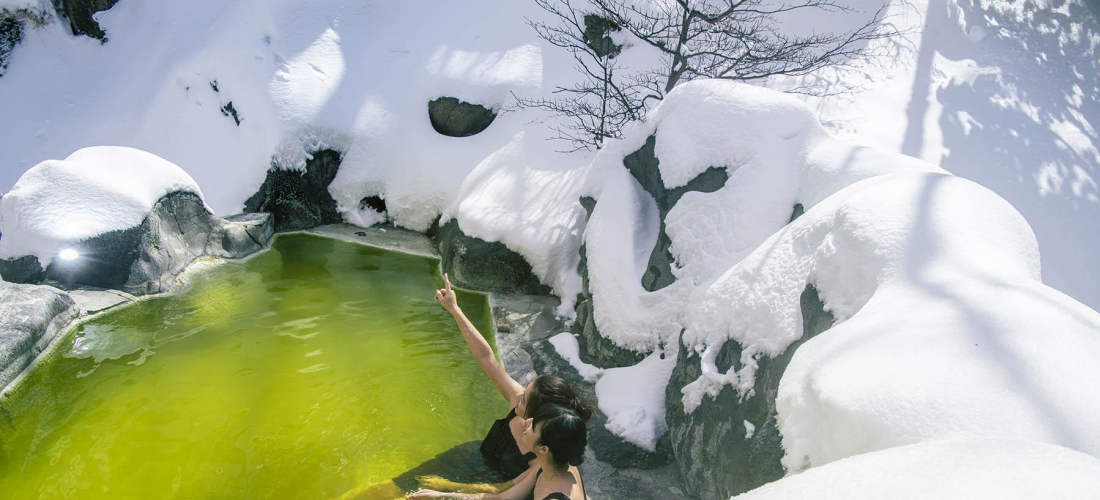
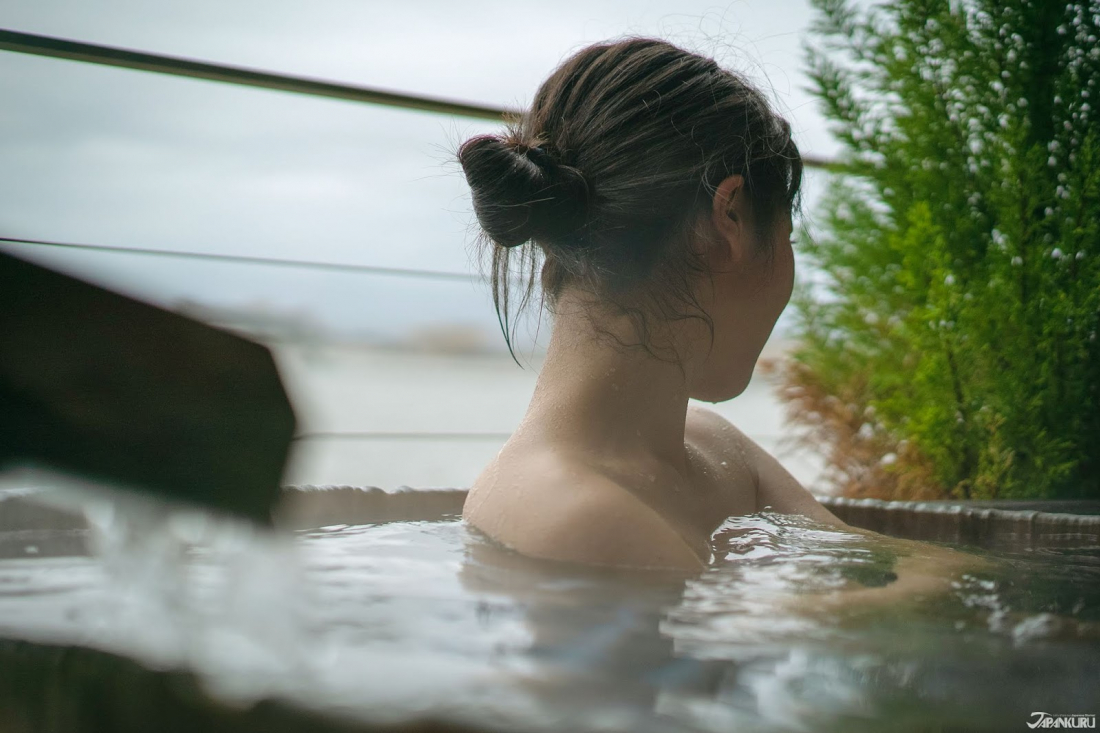
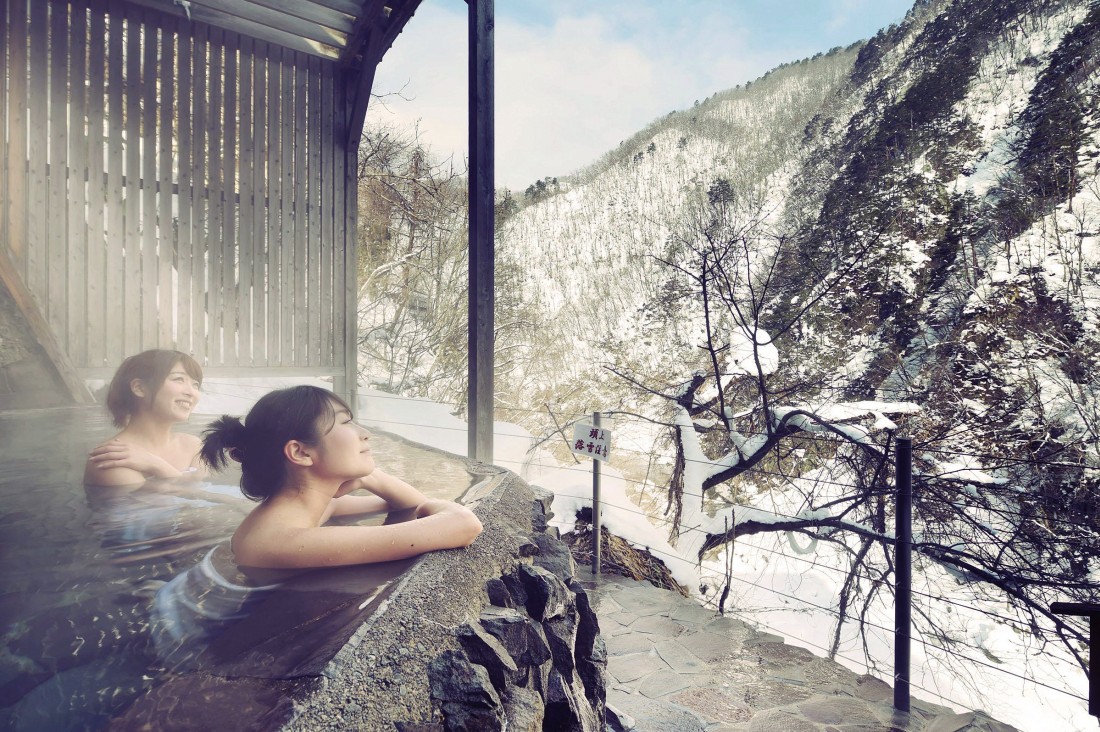
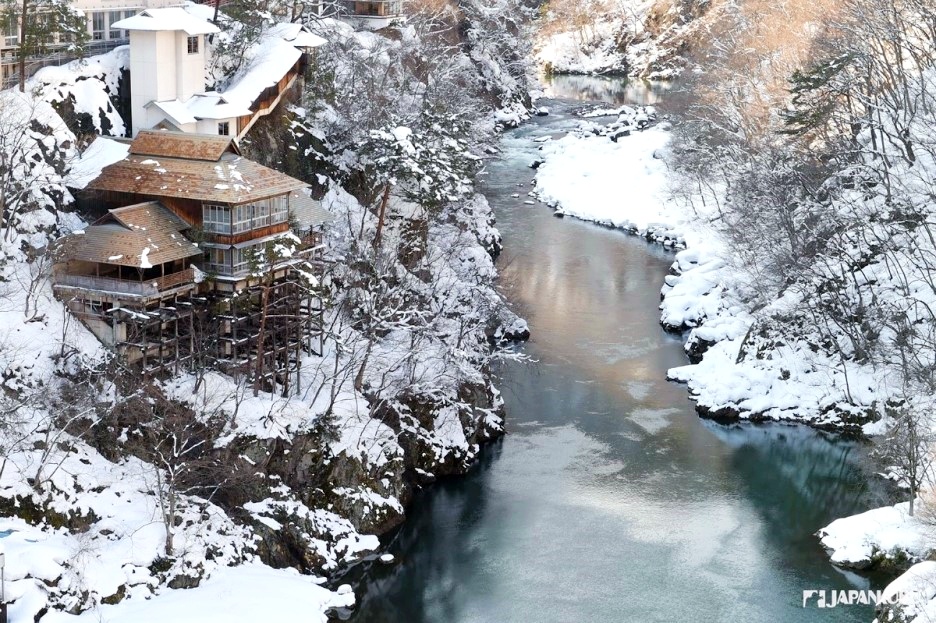
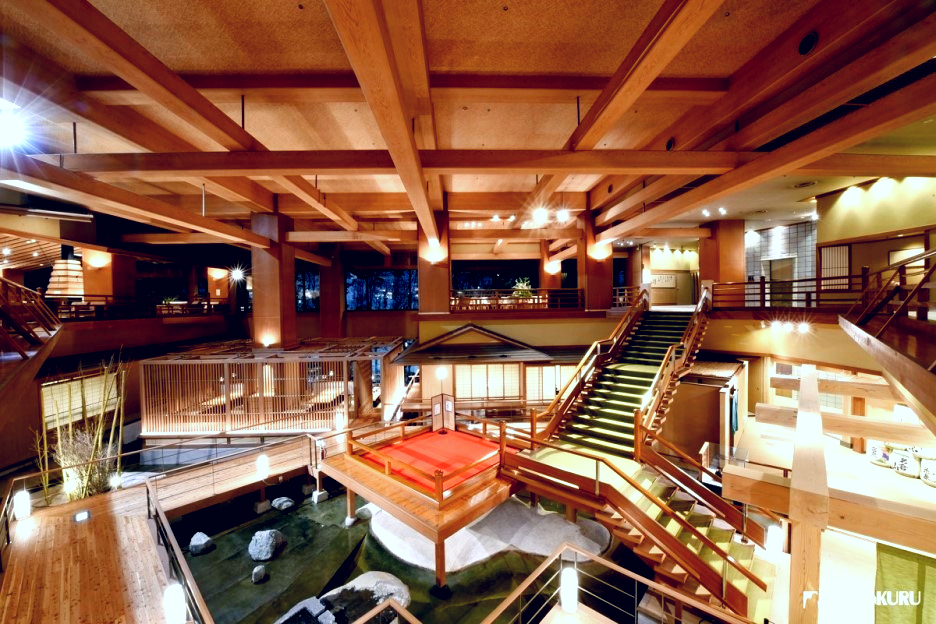
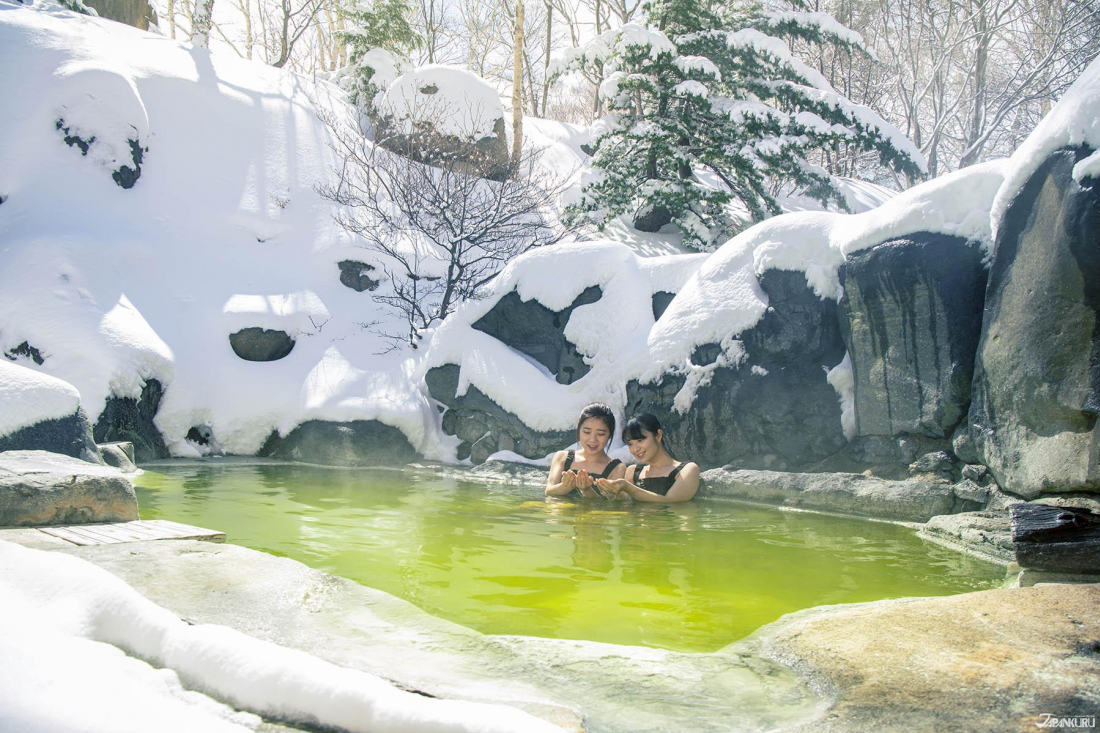
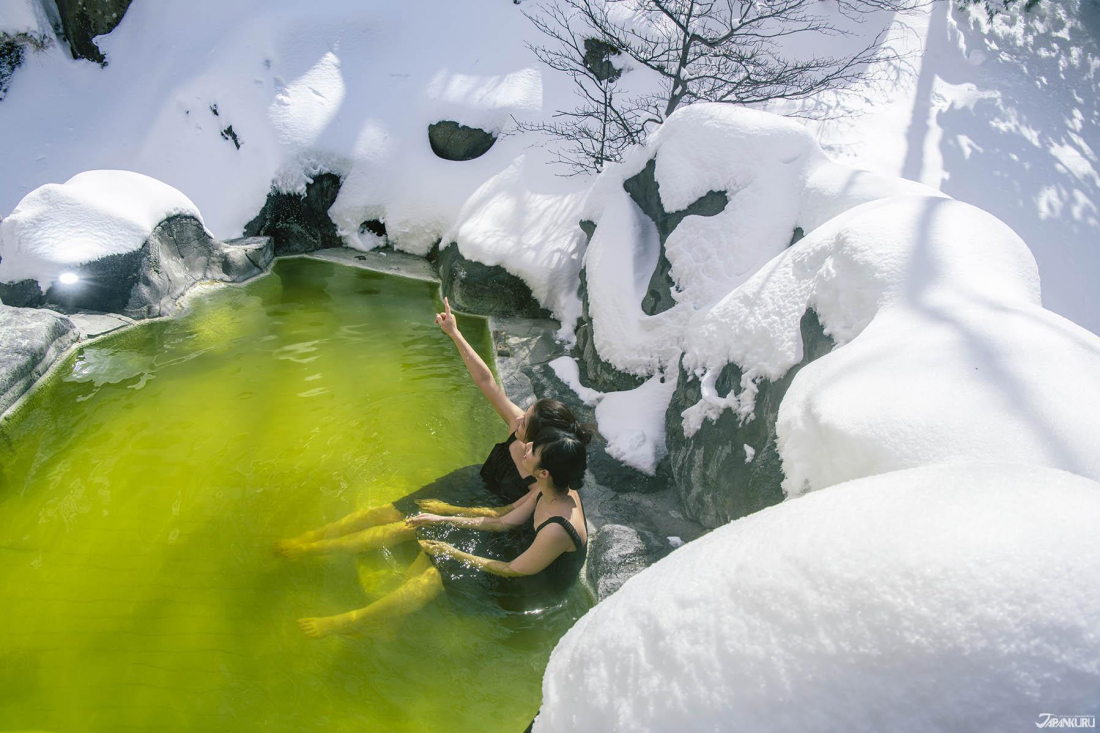
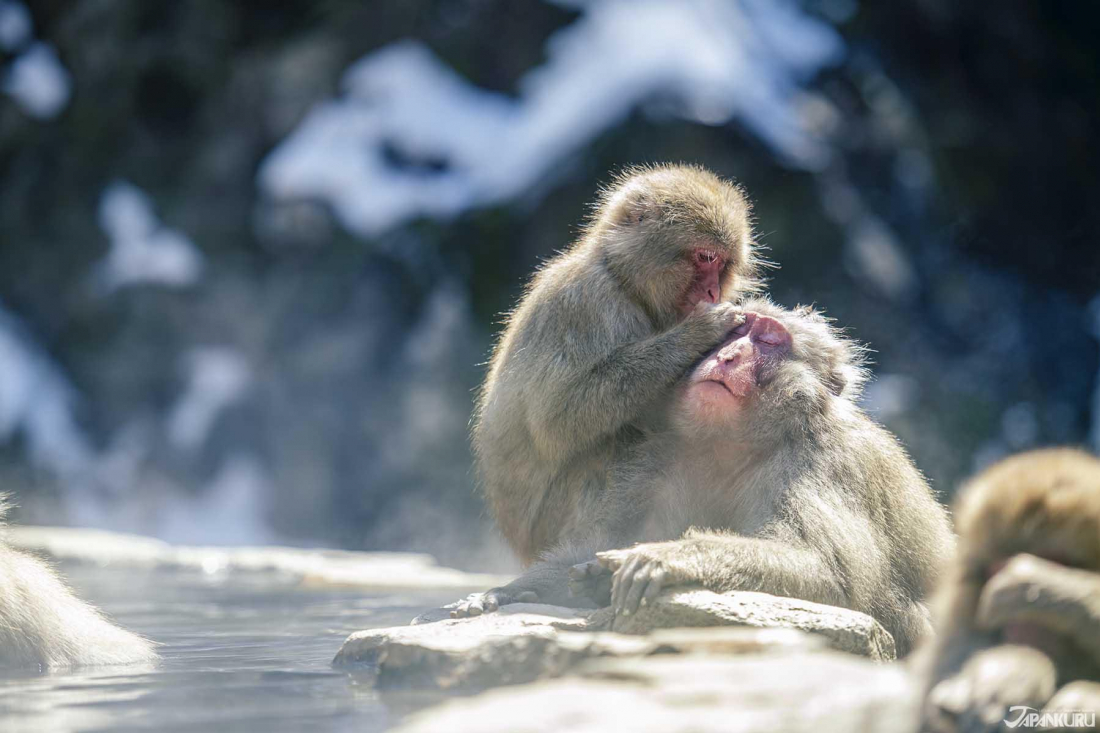
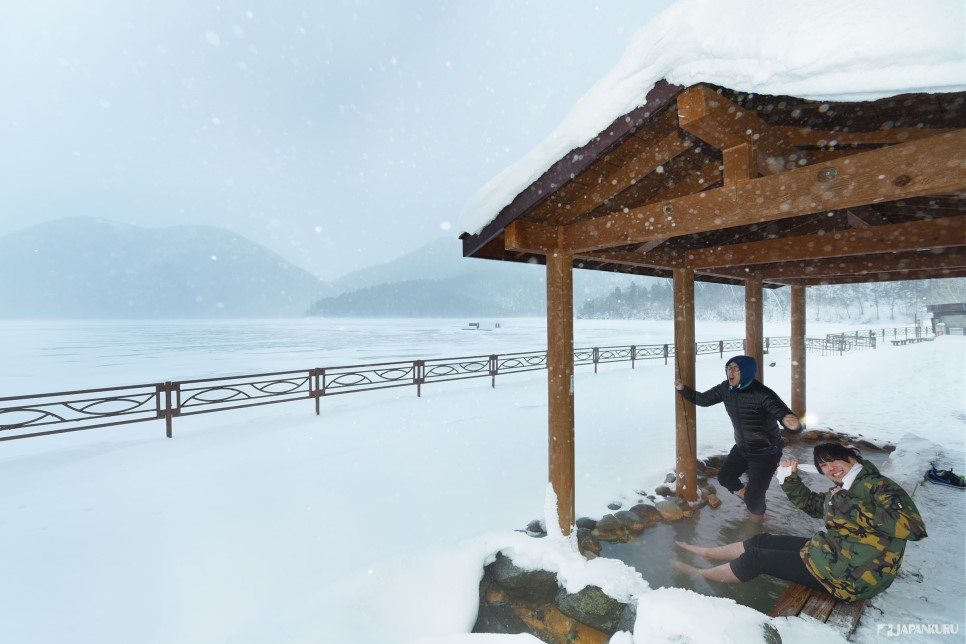
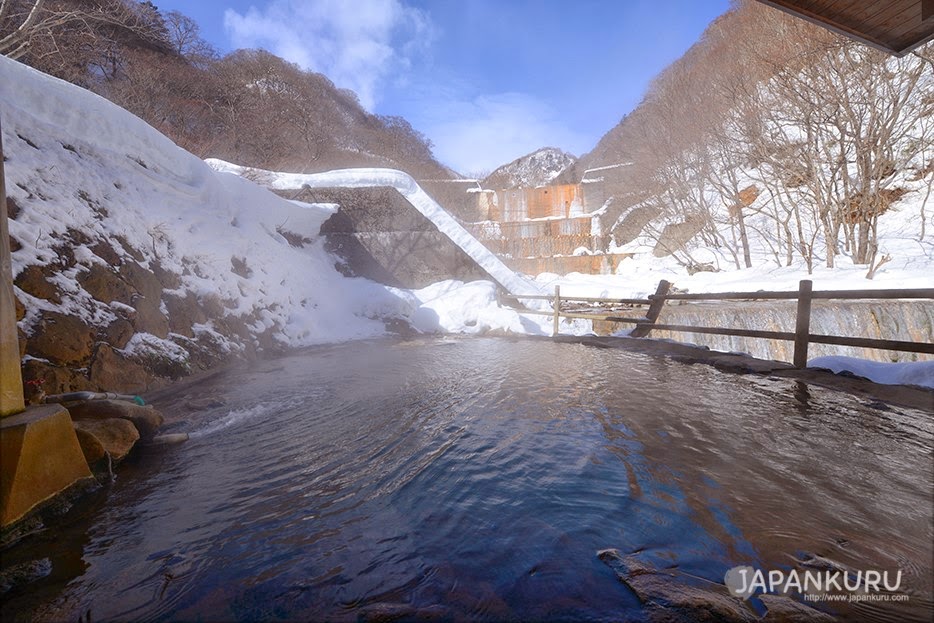
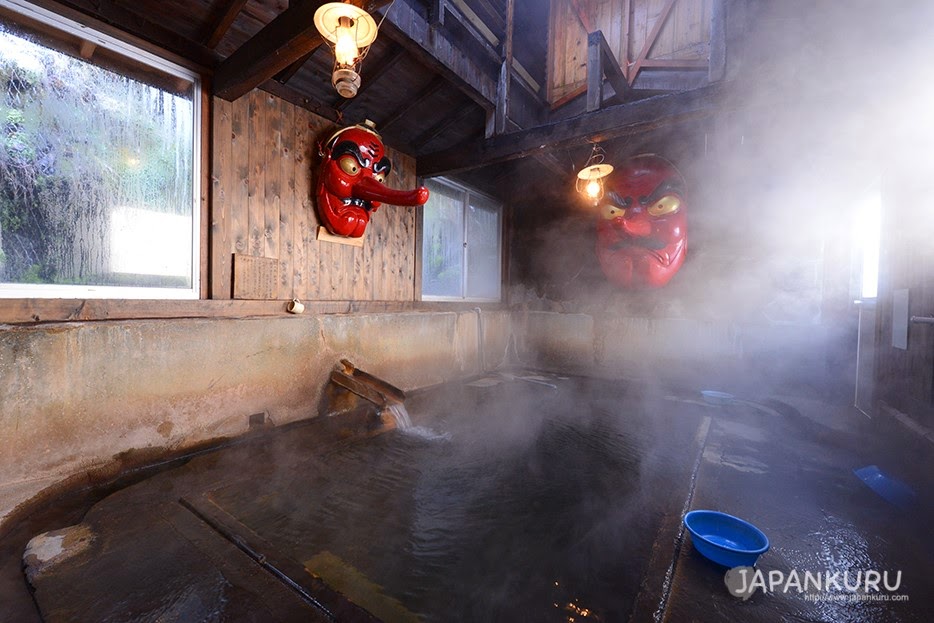
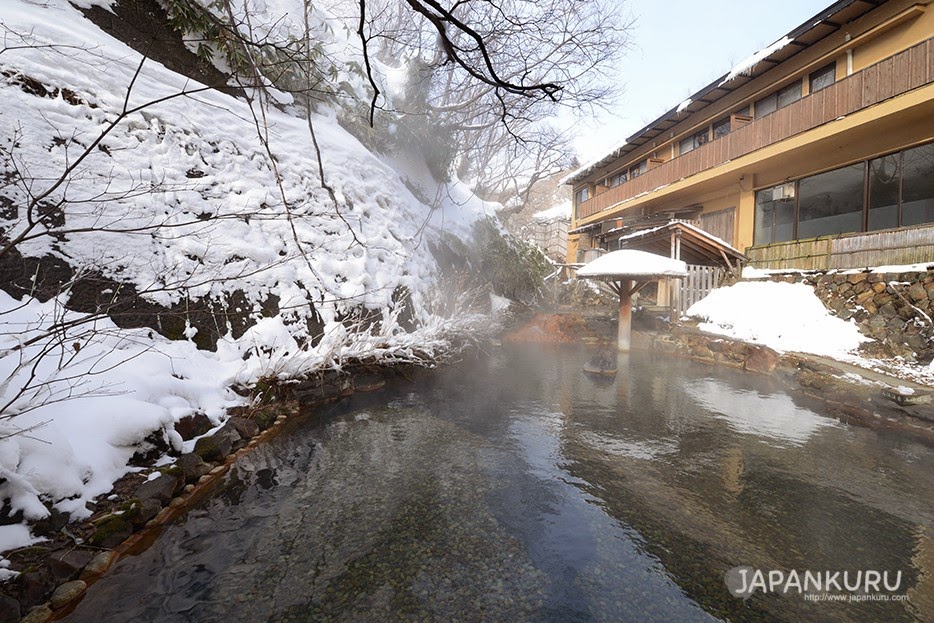




 >> Find out more at Japankuru.com! (link in bio)
#
>> Find out more at Japankuru.com! (link in bio)
#





 The Robot Restaurant is gone, but the Samurai Restaurant is here to take its place. Check it out, and don't forget your coupon!
The Robot Restaurant is gone, but the Samurai Restaurant is here to take its place. Check it out, and don't forget your coupon!
 신주쿠의 명소 로봇 레스토랑이 사무라이 레스토랑으로 부활! 절찬 쿠폰 발급중
신주쿠의 명소 로봇 레스토랑이 사무라이 레스토랑으로 부활! 절찬 쿠폰 발급중
 18歲以上才能入場的歌舞秀,和你想的不一樣!拿好優惠券去看看~
#tokyo #shinjuku #samurairestaurant #robotrestaurant #tokyotrip #도쿄여행 #신주쿠 #사무라이레스토랑 #이색체험 #할인이벤트 #歌舞伎町 #東京景點 #武士餐廳 #日本表演 #日本文化體驗 #japankuru #japantrip #japantravel #japanlovers #japan_of_insta
18歲以上才能入場的歌舞秀,和你想的不一樣!拿好優惠券去看看~
#tokyo #shinjuku #samurairestaurant #robotrestaurant #tokyotrip #도쿄여행 #신주쿠 #사무라이레스토랑 #이색체험 #할인이벤트 #歌舞伎町 #東京景點 #武士餐廳 #日本表演 #日本文化體驗 #japankuru #japantrip #japantravel #japanlovers #japan_of_insta
 코지마 x 빅 카메라 쿠폰으로 일본 가전 제품 쇼핑하기
#pr #japankuru #japanshopping #kojima #biccamera #japaneseskincare #yaman #dji #osmopocket3 #skincaredevice #日本購物 #美容儀 #相機 #雅萌 #日本家電 #일본여행 #면세 #여행꿀팁 #일본쇼핑리스트 #쿠폰 #일본쇼핑 #일본브랜드 #할인 #코지마 #빅카메라 #japankurucoupon
코지마 x 빅 카메라 쿠폰으로 일본 가전 제품 쇼핑하기
#pr #japankuru #japanshopping #kojima #biccamera #japaneseskincare #yaman #dji #osmopocket3 #skincaredevice #日本購物 #美容儀 #相機 #雅萌 #日本家電 #일본여행 #면세 #여행꿀팁 #일본쇼핑리스트 #쿠폰 #일본쇼핑 #일본브랜드 #할인 #코지마 #빅카메라 #japankurucoupon































 Oita Hello Kitty Airport
Oita Hello Kitty Airport  Lands April 13th
Lands April 13th









